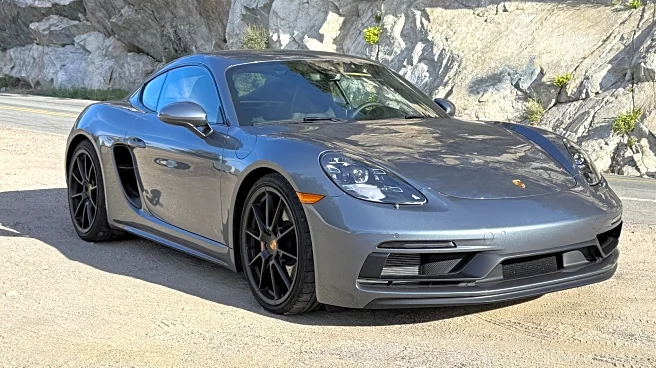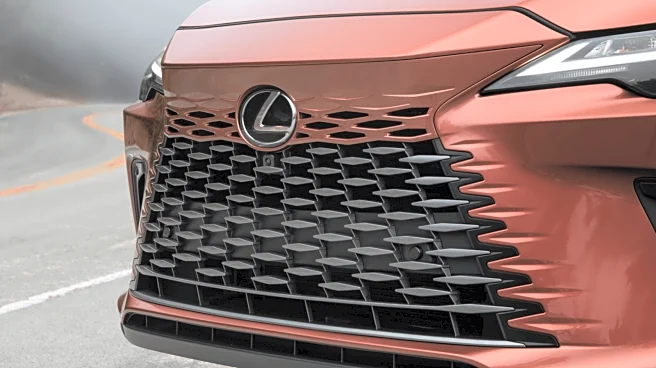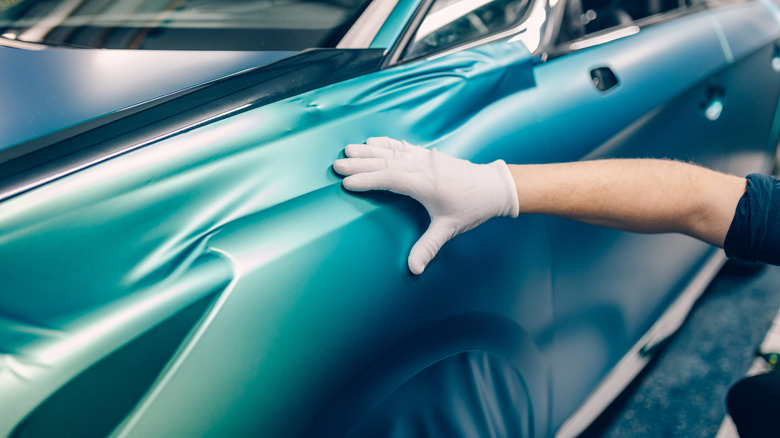
For something as important as your car, it is absolutely worth it to splurge a bit on cosmetic upgrades — especially if the paint is deteriorated or damaged. A full paint job can go a long way in giving your old car a new look, but honestly, this method can drill a big hole in your wallet. Luckily, there are easy ways of breathing new life into old cars with minimal spending, like vinyl wrapping. Vinyl wraps are large sheets of flexible plastic that you can paste on the exterior of your car to change
its appearance or color. They are usually the go-to options for drivers who want to upgrade their old vehicles without damaging the original paint.
While vinyl wraps are usually durable (they last for about 3-7 years with proper application), they are quite delicate. When exposed to harsh weather conditions, they may fade or peel. That said, you might have seen those viral videos on social media that have sparked a stir among vehicle enthusiasts, showing car wraps inflating into giant air bubbles during hot weather. For sure, extreme temperatures will definitely damage your vinyl wrap. However, while some of these videos might show vinyl wraps ballooning outward, they go against the basic principles of how vinyl wraps behave under extreme heat.
Generally speaking, air expands when heated. However, that doesn't mean that the temperature change between a cold morning and a scorching afternoon can cause the inflation in these clips. So, the idea that a hot day could cause vinyl wraps to balloon is definitely impossible. As such, the air pockets seen in these clips — some with millions of views — are created artificially for content, not by thermal expansion.
Read more: 5 Of The Worst Car Trends We've Ever Seen
Reasons Why These Videos Are Likely Social Media Stunts
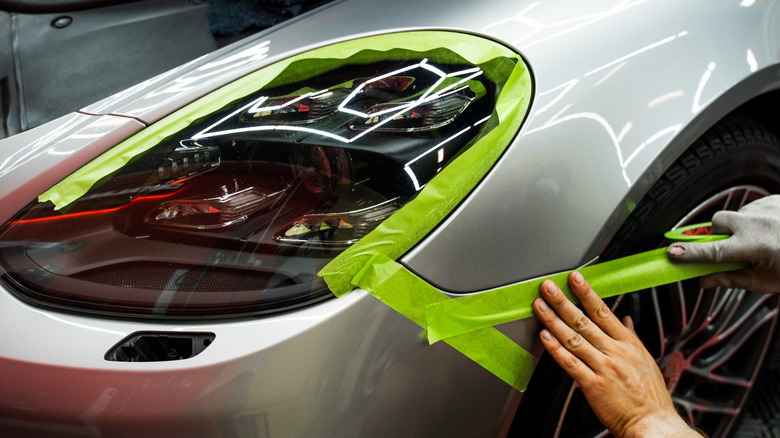
The most compelling argument against these claims comes from industry experience and geography. If extreme temperatures could cause this kind of swelling, we would have seen widespread failures in regions like Arizona, Nevada, and Middle Eastern countries, where summer temperatures regularly exceed 115 degrees Fahrenheit. In addition, the balloons' size is proof that these videos are fabrications. According to The Autopian, physics doesn't support these claims because, under normal conditions, trapped air only expands by about 7% when heated. This percentage couldn't produce the ballooning effects portrayed in these videos.
In reality, the ballooning effect might be replicated by inserting compressed air beneath the wrap. It's a simple trick that people use to remove wraps on cars, though it's not recommended. A lot can go wrong with the compressed air method, from damaged panels to peeled paint. Additionally, the fact that major wrap manufacturers and professional wrap installers haven't commented on these viral images speaks volumes. Not a single reputable company has issued warnings about heat-induced wrap inflation. The absence of any official response implies that professionals dismiss these claims outright.
How Can Extreme Heat Damage Your Car's Vinyl Wrap
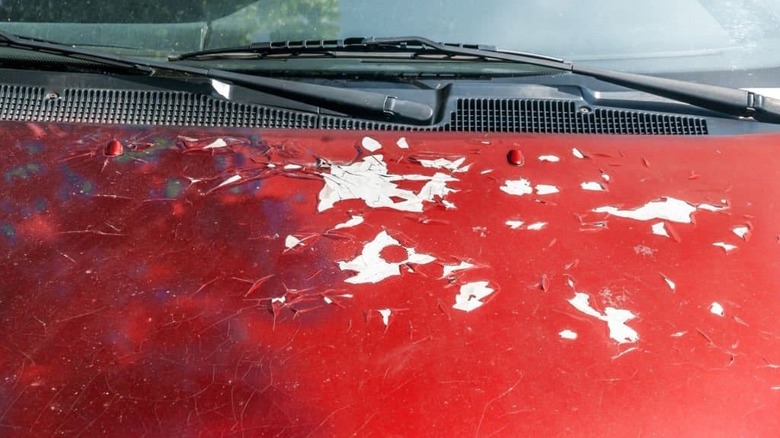
Professional-grade automotive vinyl wraps from manufacturers like 3M and Avery Dennison are designed to withstand extreme temperatures. However, while most wraps can remain structurally safe in conditions ranging from -40°F to over 200°F, that doesn't mean they are invincible. Prolonged exposure to direct sunlight can damage the wraps, and the most common effect is fading. Just like car paint, the colors of a vinyl wrap can lose some of their original vibrancy — especially if it's baked under the sun for too long.
In extreme cases, the temperature change might affect the vinyl's surface layer, making it more brittle. When this happens, the wrap will probably crack or lift around curves and edges. If the wrap wasn't installed correctly, it might peel over or create small bubbles. If you want to protect your car's vinyl wraps from heat damage, the best defense is to park your vehicle under shade whenever possible. Owners can also wash the wrap regularly and apply wax to maintain its quality, as well as offer an extra layer of protection against harmful UV rays.
Want the latest in tech and auto trends? Subscribe to our free newsletter for the latest headlines, expert guides, and how-to tips, one email at a time.
Read the original article on SlashGear.







